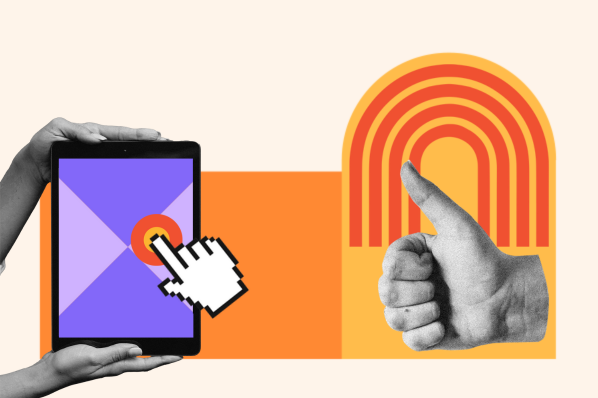I know it may sound archaic, but if you give it a try, you’ll see that there are actually pros associated with paper prototyping. I’ll walk you through your most burning questions about it, starting with, “What is paper prototyping?” By the end of this post, I think you’ll see that paper prototyping isn’t just something worthwhile to consider — it’s a must if you want to maximize your time and resources.
What is paper prototyping?
Paper prototyping is a user-experience design technique. The intention of completing paper prototyping is for UX designers to acquire a low-fidelity prototype of what they want a digital interface or product to look like. As the name implies, it is completed on pen and paper, so you can’t do everything you would with a digital prototype — but that doesn’t mean it isn’t worthwhile. In fact, completing paper prototyping is considered an important part of the user-centered design process.
The process of paper prototyping involves creating hand-drawn mockups of screens and interactions that may occur on the screen. The intention behind paper prototyping is to allow designers to test different concepts before they commit to building out a digital prototype and, ultimately, the product. Because of this, it saves time and money. And who doesn’t love that?
Here's an example of a paper prototype. Note that it isn't perfect — or even close to it. The point isn't creating a flawless sketch, but to figure out the quirks of your product before you take it to the next step. (Psst: If you were creating a paper prototype in real life, I'd recommend you do so on, well, paper. But for the sake of our example here, I built it on Canva.)
Despite the fact its capabilities are not as robust as a digital prototype’s, you can use this to get feedback on the design, figure out usability issues, and even simulate user interactions. This is a step you take early in the design process to set yourself up for success later, so be sure you don’t skip out. If you do, you may find that you’ve made costly and time-consuming mistakes that would’ve been possible to catch earlier. Yes, the stakes really are that high.
Have I convinced you that paper prototyping is worth it yet? Let’s walk through some paper prototyping advantages and disadvantages to get a more holistic view of how using this technique can impact your team.
Paper Prototyping Advantages and Disadvantages
Now that you know what paper prototyping is, you may wonder what the catch is — or if there is one. It would be inaccurate to say there are only pros associated with the technique, so I’ll walk you through both the paper prototyping advantages and disadvantages.
Paper Prototyping Advantages
I’d summarize the pros of paper prototyping as an opportunity to save money and find flaws early in the design process. However, those certainly aren’t the only perks — so let’s dive in.
It’s cost-effective.
Before your company invests a significant amount of cash into a product, working with a paper prototype allows you to work out any inconsistencies or early flaws. Of course, there’s also digital prototyping as an option, but that requires software such as Figma, Adobe XD, or InVision that can add up quickly. Prior to diving into digital prototyping, take a minute to sketch your user interface or product with pen and paper. It’ll save you money — and frustration — later in the game.
There’s no learning curve.
Unlike learning new software, which can have a steep learning curve, designers already know how to quickly sketch their ideas out using pen and paper. This is a major perk, as a steep learning curve can be disruptive to the design process. Plus, designers are able to quickly modify their designs, as they can simply create a new sketch if there’s something that needs to be fixed.
You can get feedback quickly and efficiently.
I can’t understate the importance of user feedback. The good news is that paper prototyping helps you solicit it. With this technique, you can measure users’ initial reactions to the interactions shown on the paper mockups. For instance, you may bring a paper prototype to a meeting with key stakeholders and walk them through the intended interaction. Then, they can quickly provide feedback about how they’d prefer the interaction to go. Though the paper prototype isn’t interactive itself, you can gain insight into desired navigation and user experience.
It encourages creativity.
Paper prototyping encourages designers to think outside of the box. On paper, designers can work through different concepts or ideas that they have, and dive into how they can bring them to life in the final product or interface. Additionally, this technique promotes designers’ creative thinking without wasting resources.
Paper Prototyping Disadvantages
That being said, there are some disadvantages of paper prototyping, and all of them can be attributed to the limitations of the medium itself. That being said, paper prototyping is not a replacement for digital prototyping, and I’d discourage you from viewing it that way. The best way to view paper prototyping is as a very rough first draft. Nevertheless, there are some disadvantages to using this medium, and here they are.
A lack of interactivity.
Paper is two-dimensional, which means it’s not interactive. As a result, your stakeholders can only get a limited idea of what you’re trying to build. Unlike with a digital prototype, you can’t simulate what it will actually look like. This is why paper prototyping is best for the first iteration of the design process.
It can be sloppy.
Depending on how good you are at sketching, paper prototyping can get sloppy, or it may be impossible to demonstrate exactly what you want to do on just a sheet of paper. Therefore, it’s best to keep it straightforward — don’t add too much detail to your paper prototypes. Simplicity is key.
It isn’t remote-friendly.
If you work in a primarily remote workplace, collaborating with your colleagues or presenting a paper prototype to stakeholders can be a challenge, to say the least. For this reason, using this technique is more attainable and straightforward for folks who work in a physical office.
What are the best paper prototyping tips?
By following the best paper prototyping tips, you can ensure you fully reap the benefits of implementing this technique. Let’s dive into what I’d advise you to do when making your paper prototype.
Don’t get too caught up in the details.
Circling back on the importance of keeping your prototype simple, it’s crucial you don’t get too caught up in the details. Your goal in creating a paper prototype is to get a feel for the user flow and interface. This isn’t the time for getting super granular with the details.
Pro Tip: Remember the concept of progressive enhancement? The main idea is to start small and scale up as you go. The same thing applies here — start small with your paper prototype, and then get more granular on your digital.
Get a sketchbook.
Drawing your prototype on lined paper isn’t a great habit to get into, though it can work if you’re in a pinch and want to get something down before you forget. I encourage you to get a sketchbook where you can keep all of your paper prototypes handy. Not only does this help ensure your prototype doesn’t accidentally go missing, but it also provides a reliable space for this portion of the design process to live.
Pro Tip: You can also use the blank side of an index card for your paper prototype, as this is comparable to the size of many screens. That being said, it’s easier to lose an index card than a sketchbook — so be mindful of where you put it.
Embrace change.
Here’s a secret: Your first paper prototype doesn’t have to be your last. Yes, it makes sense to complete this early in the design process if you want to get an idea of how the homepage’s user interface will look, or how a menu will function. However, you can refer back to this technique at any time, such as when building out a new page’s interface.
Pro Tip: User feedback is your best friend, and paper prototypes are no exception. Meet with key stakeholders to get insight into their thoughts before you proceed to the next step. You’ll save yourself time and frustration.
Document your process.
When meeting with stakeholders or getting feedback, I’d advise that you take detailed notes or, better yet, record the meeting. By doing this, you’ll be able to refer back to the initial conversation to ensure you implement any desired changes.
Pro Tip: If you’re meeting your team in person, you can provide everyone with their own copy of your paper prototype and ask them to provide feedback directly on the page. Then, you can collect the feedback at the end of the meeting.
Paper Prototyping: A Helpful Technique
Does paper prototyping have the same robust functionality as digital? No. Is it still a helpful, if not crucial, part of the design process? I’d say so. By learning the answer to your question, “What is paper prototyping?” and diving into the pros and cons associated with it, you now have a more complete picture of how this technique can add value to your design iteration process.
User Experience
.png?width=112&height=112&name=Image%20Hackathon%20%E2%80%93%20Vertical%20(50).png)
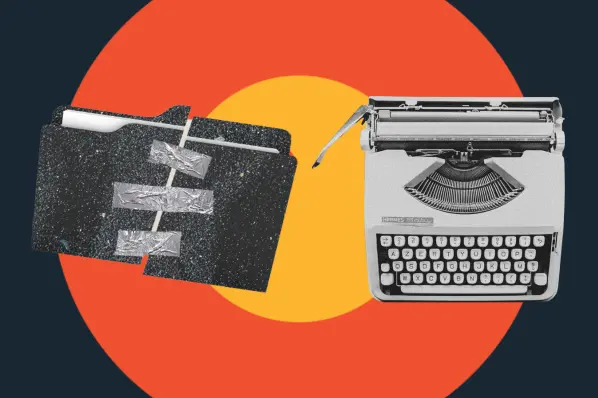
.png)

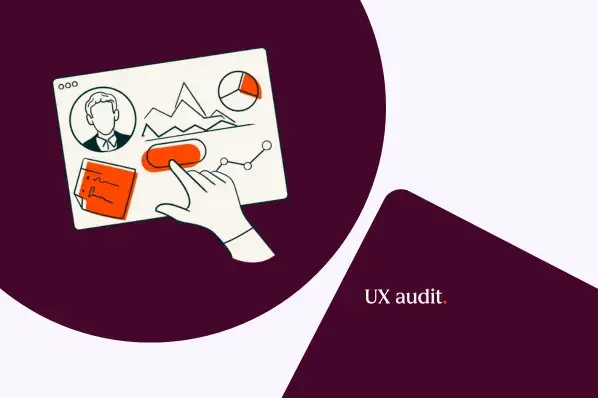
![How to become a UX designer, a step-by-step guide [expert tips]](https://53.fs1.hubspotusercontent-na1.net/hubfs/53/become-a-ux-designer-1-20240731-321437.webp)
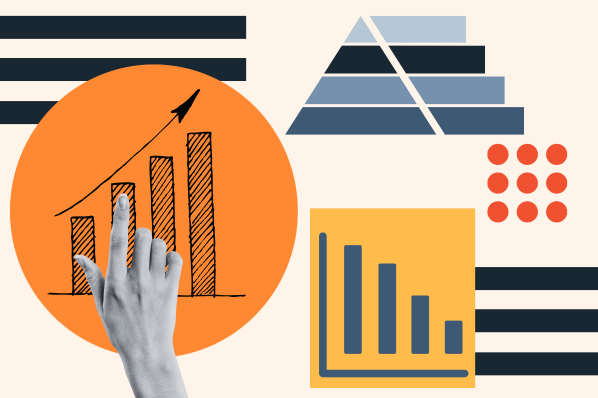

![How to Add a Parallax Scrolling Effect to Your Website [Examples]](https://53.fs1.hubspotusercontent-na1.net/hubfs/53/scroll-Aug-11-2023-05-24-08-8793-PM.png)
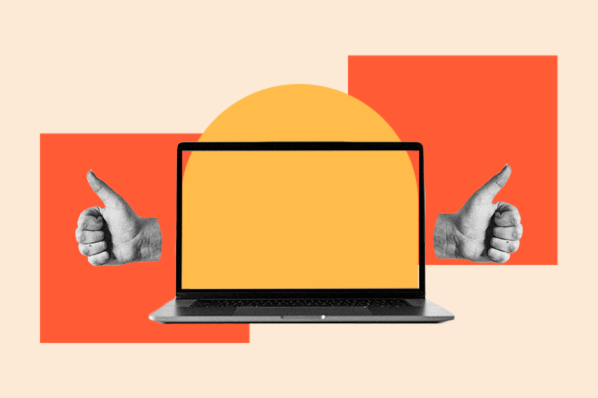
![20 UX Design Examples Hand-Picked by Experts [With Analysis]](https://53.fs1.hubspotusercontent-na1.net/hubfs/53/ux-design-examples-1-20250404-8425368.webp)
